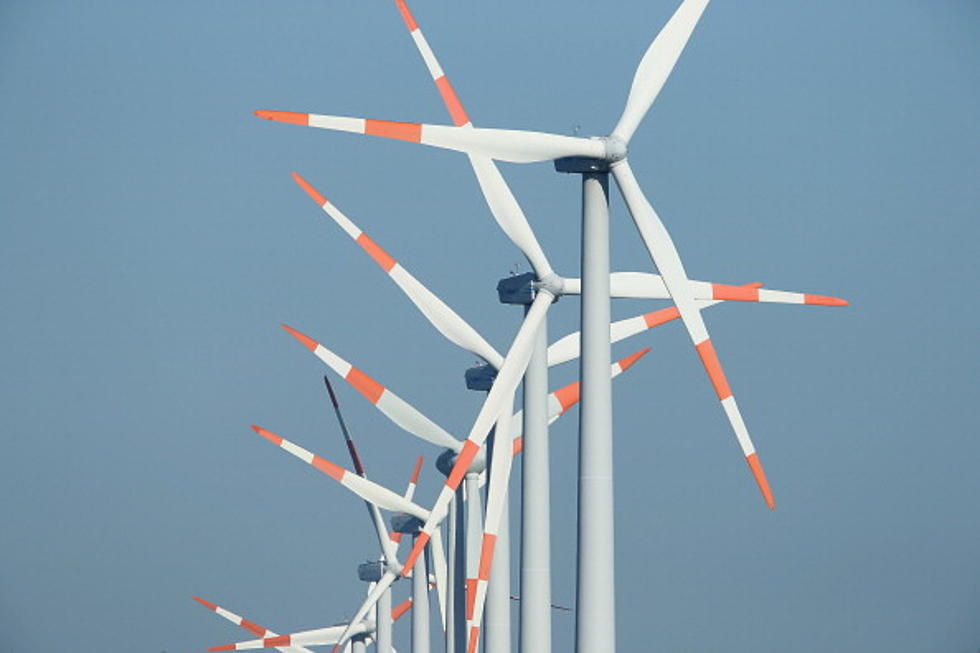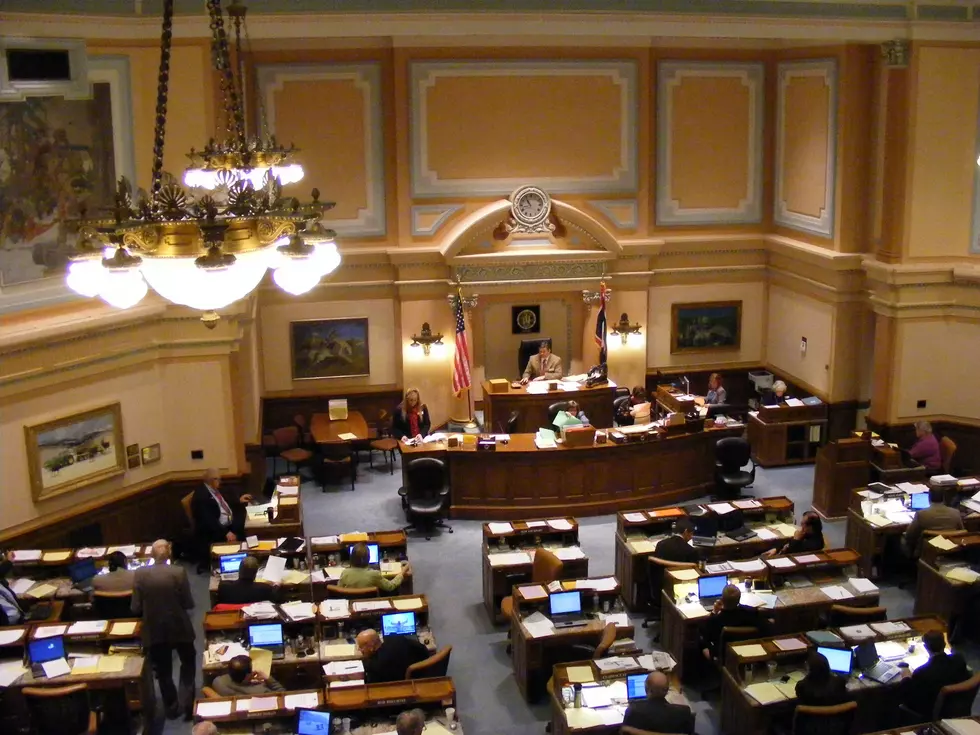
Gordon Criticizes Pacificorp’s New Energy Plan
In a press release, Governor Mark Gordon critiqued a recent report released by Pacificorp, owner of Rocky Mountain Power, where they describe their intent to focus on renewable energy.

Gordon said the report puts to much focus on wind and solar, while not taking into account their drawbacks, and doesn't include enough of a focus on fossil fuels.
"I continue to support an “all the above” energy strategy, and Rocky Mountain Power is clearly limiting their options by focusing on intermittent sources of generation such as wind and solar, and banking on technologies not yet fully proven, such as batteries and nuclear. There are multiple sources of fossil energy that are proven with similar opportunities for technological advancement that can make for a stronger, more reliable grid. Rocky Mountain Power’s customers need power every time we flip the switch, 24 hours a day. True baseload power will not have gaps in the power supply that accompany the times when the wind doesn’t blow, the sun doesn’t shine and the batteries run out."
According to the report by PacifiCorp they plan on lowering their emissions to zero by 2050, increasing their power generation of solar and wind fives times to around 15,000 megawatts by 2040, and convert several coal facilities into gas ones.
Gordon said he appreciates the future use of a natrium nuclear power plant to provide energy for Wyoming, in spite of earlier in his statement doubting the use of new types of nuclear power.
"I also recognize and appreciate the modeling of the proposed advanced nuclear plant. Nuclear power is an important component of any energy future, and I am delighted that Wyoming will factor large in this endeavor."
Gordon said the switch to gas in the Integrated Resource Plan (IRP) by Pacificorp would not be enough to compensate for the energy production from coal.
"The IRP contemplates some switchover to natural gas, but I do not think that is enough to protect consumers. We must maintain the use of coal through C02 capture. It is interesting that the IRP pins so much hope on huge amounts of battery storage without regard to life-cycle CO2 costs."
According to data from the U.S. Energy Information Administration, in 2019, coal was the leading consumer of electricity in Wyoming at 410.2 trillion BTUs, followed by natural gas at 166.4 trillion BTUs, while renewable energy was near the bottom at 39.4 trillion BTUs.
Wyoming is also the biggest net exporter of energy, producing over 14 times the amount of energy that it consumes and exporting 249.4 trillion BTUs in 2019.
5 Things To Know If Your Family Is Moving To Wyoming
More From KGAB









